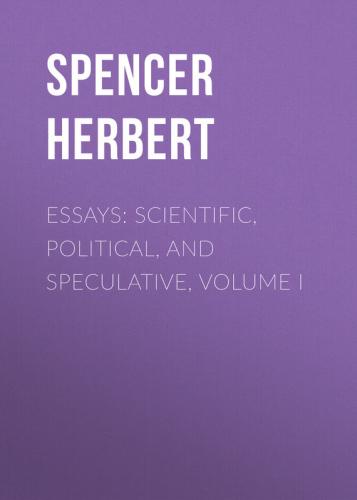Yet a further difficulty remains – one which is, perhaps, still more obviously fatal than the foregoing. This difficulty is presented by the phenomena of the Magellanic clouds. Describing the larger of these, Sir John Herschel says: —
"The Nubecula Major, like the Minor, consists partly of large tracts and ill-defined patches of irresolvable nebula, and of nebulosity in every stage of resolution, up to perfectly resolved stars like the Milky Way, as also of regular and irregular nebulæ properly so called, of globular clusters in every stage of resolvability, and of clustering groups sufficiently insulated and condensed to come under the designation of 'clusters of stars.'" —Cape Observations, p. 146.
In his Outlines of Astronomy, Sir John Herschel, after repeating this description in other words, goes on to remark that —
Конец ознакомительного фрагмента.
Текст предоставлен ООО «ЛитРес».
Прочитайте эту книгу целиком, купив полную легальную версию на ЛитРес.
Безопасно оплатить книгу можно банковской картой Visa, MasterCard, Maestro, со счета мобильного телефона, с платежного терминала, в салоне МТС или Связной, через PayPal, WebMoney, Яндекс.Деньги, QIWI Кошелек, бонусными картами или другим удобным Вам способом.
